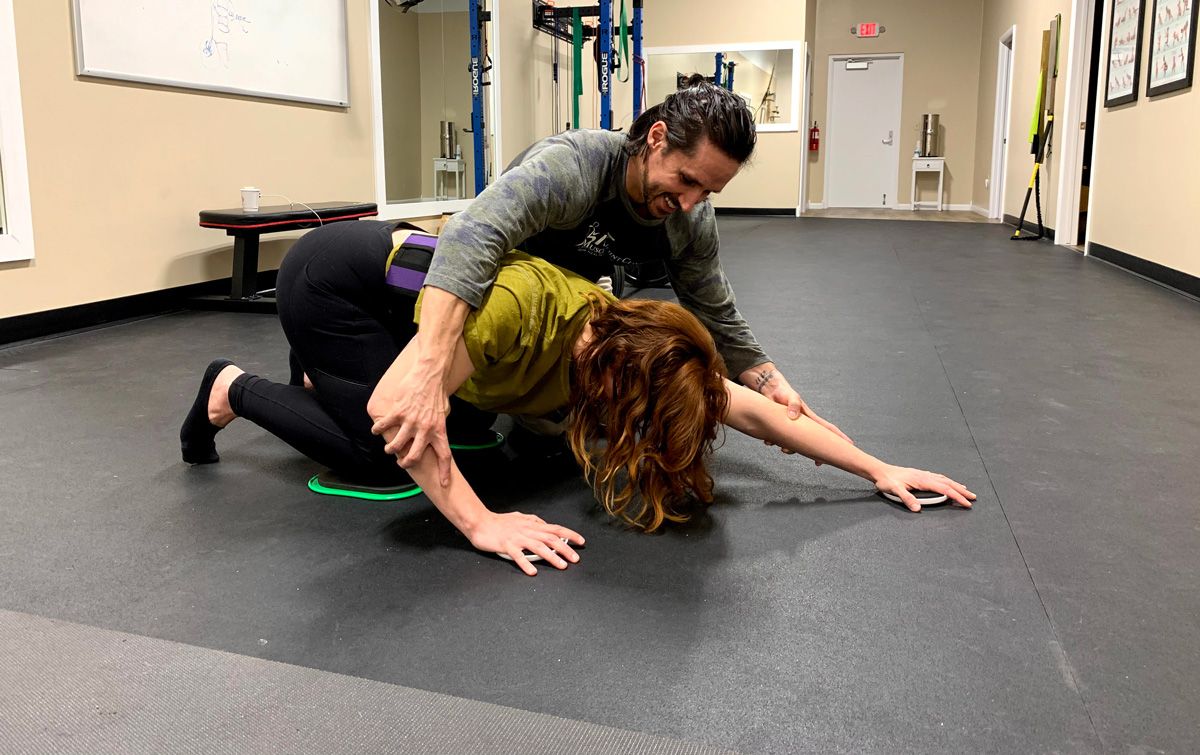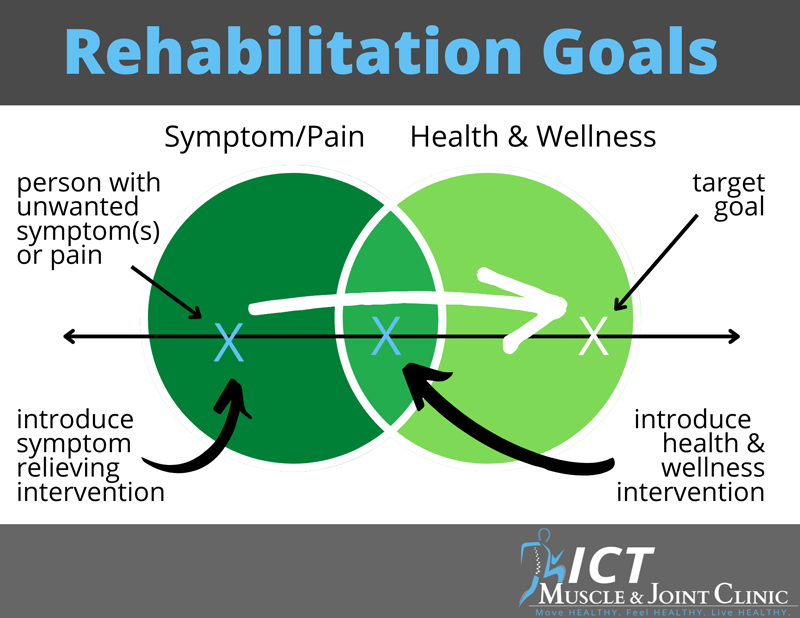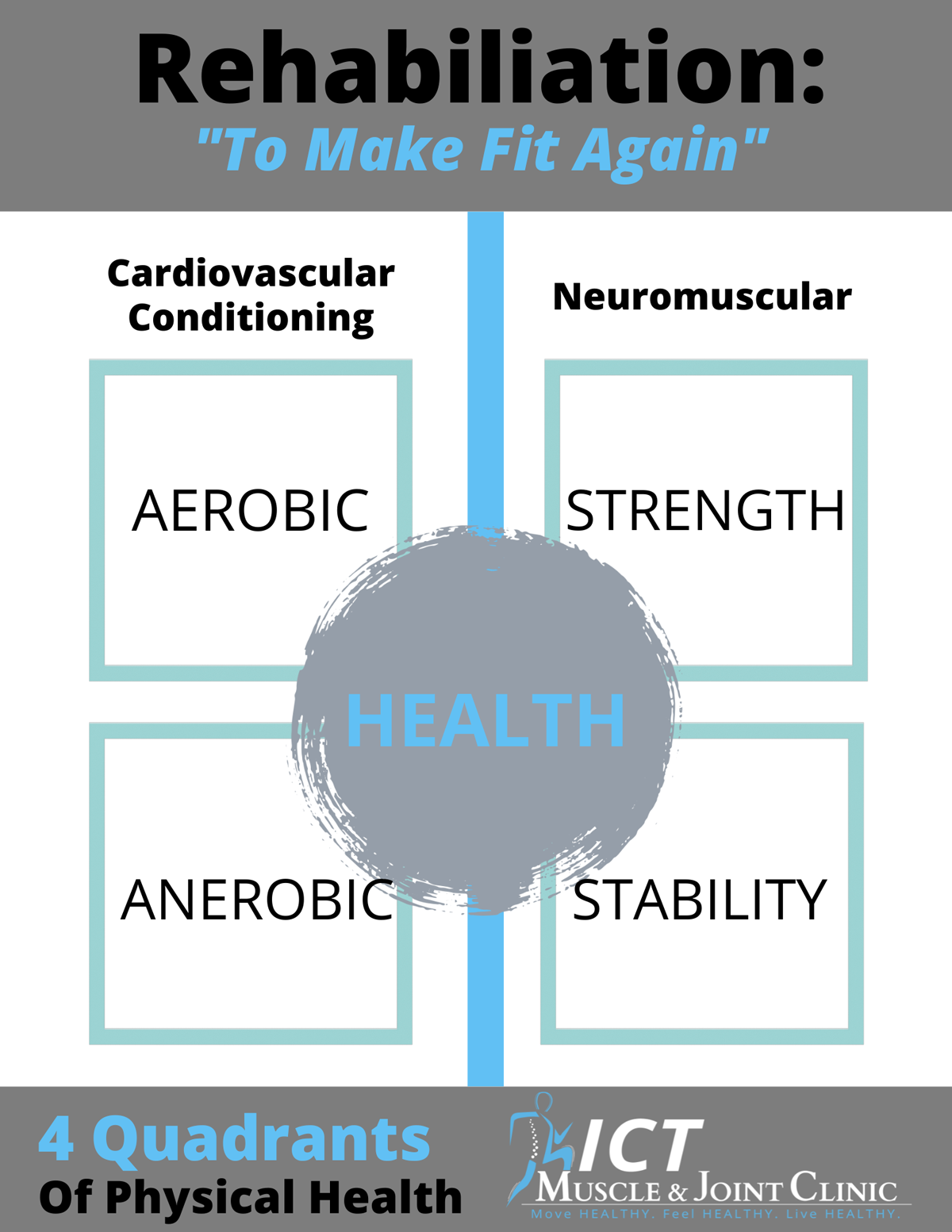We believe Healthcare is quickly going to evolve. Healthcare, like all businesses, must adapt for various reasons ranging from technology to inflation. This rate of change is going to accelerate soon with noticeable changes seen by the layperson within the next few years.
Entrepreneurs and the free market are quickly pushing toward this adoption. A $10 gym membership or online company with a subscription can have you riding the same bicycle for knee rehab as a fancy place for $75 or more per visit. The free market is going to decide value. Once the general population identifies and understands this dynamic interplay then physical medicine will undergo the next evolution. Physical medicine specialists will have to evolve to survive.
We believe physical rehab-based services, functional medicine and technology will link directly into one another, more so each year, with it appearing seamless within 20 years. For us to survive, adopting technology and understanding its parameters within healthcare will completely change the landscape of the declining health within industrialized nations. The adoption is happening (Fitbit, Whoop, Oura) but this technology and integration is within its early phases. Like all new waves of change, there will be resistance. However, once better technology comes along at a cheaper rate, markets do not go backward – only forward.
We believe private, integrated micro-clinics will emerge. These may appear, or be viewed as, health spas in the beginning but they will evolve into proactive, micro, full-body health clinics instead of reactive hospitals. Hospitals serve a purpose and are much needed; however, it does not change that these institutions serve sickcare – not healthcare. Our goal is to be at the forefront of the healthcare wave.



